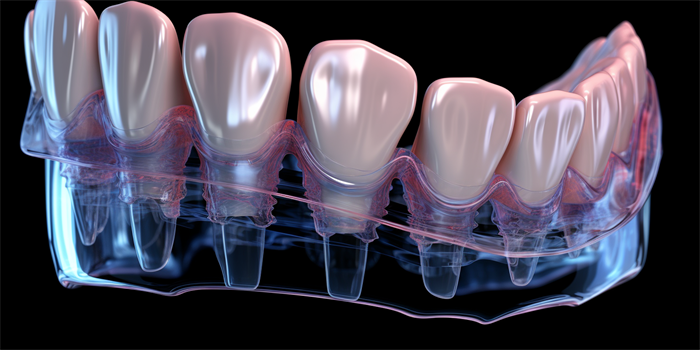Understanding the Pain Associated with Dental Bridges in Alotau
Dental bridges are a common solution for replacing missing teeth, restoring both the functionality and aesthetics of the smile. However, many patients in Alotau wonder about the potential discomfort associated with this dental procedure. This article delves into various aspects of the pain experienced during and after the placement of a dental bridge, providing a comprehensive guide for those considering this treatment.

1. Pre-Procedure Pain Management
Before the dental bridge procedure, your dentist in Alotau will administer local anesthesia to numb the area around the teeth involved. This ensures that you do not feel pain during the actual procedure. The use of modern anesthetic techniques minimizes discomfort, allowing patients to feel at ease throughout the treatment.
2. The Procedure Itself
During the placement of a dental bridge, the dentist will prepare the teeth on either side of the gap by removing a portion of the enamel to accommodate the bridge. This process is typically painless due to the anesthesia. The bridge is then fitted and adjusted to ensure a comfortable and secure fit. While you may feel pressure during the adjustment, pain is usually minimal and managed effectively with the anesthetic.
3. Post-Procedure Discomfort
After the anesthesia wears off, some patients may experience mild to moderate discomfort. This can include sensitivity to pressure, temperature, or touch around the treated area. Pain levels vary from person to person, but most patients report manageable discomfort that can be alleviated with over-the-counter pain relievers recommended by the dentist.
4. Duration of Pain
The duration of pain after a dental bridge procedure typically lasts for a few days. During this period, it is crucial to follow the post-operative care instructions provided by your dentist in Alotau. These instructions may include avoiding hard or sticky foods, maintaining good oral hygiene, and using a soft-bristled toothbrush to prevent irritation.
5. Long-Term Comfort
Once the initial healing period is over, most patients find that their dental bridge is comfortable and functional. Regular dental check-ups and proper oral hygiene are essential to ensure the longevity and comfort of the bridge. Your dentist will monitor the fit and condition of the bridge during these visits, making any necessary adjustments to maintain optimal comfort.
6. Psychological Aspects of Pain Perception
It is also important to consider the psychological aspects of pain perception. Anxiety and fear about dental procedures can amplify the sensation of pain. Dentists in Alotau are trained to address these concerns, providing a supportive and calming environment to help patients feel more at ease. Techniques such as distraction, relaxation, and open communication can significantly reduce the perceived discomfort during and after the procedure.
FAQ
Q: How long does the pain last after getting a dental bridge?
A: The pain typically lasts for a few days after the procedure. Over-the-counter pain relievers can help manage any discomfort during this period.
Q: Can I eat normally after getting a dental bridge?
A: It is recommended to avoid hard or sticky foods for the first few days after the procedure. Once the initial healing period is over, you can resume your normal diet, but it is always best to maintain a balanced and healthy eating plan.
Q: How often should I visit the dentist after getting a dental bridge?
A: Regular dental check-ups every six months are recommended to ensure the bridge remains in good condition and to address any issues promptly.
Q: What can I do to minimize pain after getting a dental bridge?
A: Following the post-operative care instructions provided by your dentist, such as avoiding certain foods and maintaining good oral hygiene, can help minimize pain and promote healing.
In conclusion, while some discomfort is expected after getting a dental bridge in Alotau, modern dental techniques and effective pain management strategies ensure that the experience is generally manageable and short-lived. Consulting with a professional dentist and adhering to post-procedure care guidelines are key to a successful and comfortable outcome.




